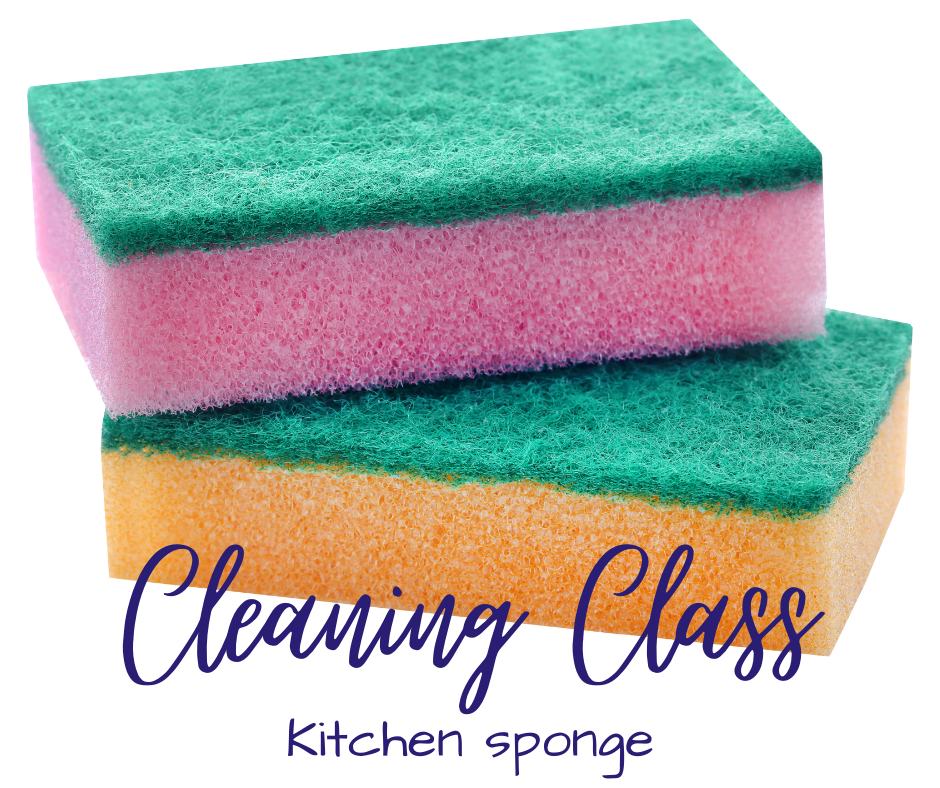Cleaning Class: Kitchen sponges
Kitchen sponges, really the entire kitchen sink, are one of the dirtiest places in your kitchen. In fact, the National Sanitation Foundation asked 22 families in 2011 to swab some of their everyday household items. They checked these items for yeast, mold, and coliform bacteria. The NSF found the coliform bacteria, which is a family of bacteria that includes E. coli and also Salmonella, on more than 75% of the kitchen sponges or cleaning rags that were tested! Yuck!
Now that we know just how gross our sponges can be, here is how to disinfect them. Add water to a pot and set it on the stove to boil. Once the water is boiling, dunk the sponge in the water for 5 minutes. After the 5 minutes, remove the sponge from the water and let it dry thoroughly.
An alternative method is to get the sponge fully wet and place on a paper plate. Microwave the sponge for 2 minutes. Keep a close eye on the sponge to make sure it doesn't catch fire. By keeping the sponge wet, you not only reduce the risk of fire, but it will also help get the steam into all of the nooks and holes of the sponge. Once the sponge is disinfected make sure to disinfect your microwave. You wouldn't want to contaminate your next meal with all those bacteria you just steamed off!
One final method is to put your sponge in the dishwasher on the hottest and longest setting you have. For best results, put the sponge on the top rack as opposed to the utensil holder. Let the dishwasher fully heat dry the sponge and then it will be ready for use again.
While all of these methods will kill most bacteria on your sponge, the best solution is replacing the sponge on a regular basis. Use one of the above methods to clean your sponge in between replacing it.
Recent Posts
-
Finding the right brass, bronze, and gold family hardware for your home.
There is no denying the popularity of gold toned finishes right now. From kitchens to bathrooms, thi …Feb 27th 2025 -
Customer Transformation: a kitchen update with brushed oil rubbed bronze hardware
We recently worked with Vickie, who was renovating her kitchen and was kind enough to share the comp …Jan 13th 2025 -
Organization and decorating made easy using wall hooks
Many of us are trying to get organized and tidy for the new year. An easy way to help get clutter of …Dec 28th 2024




